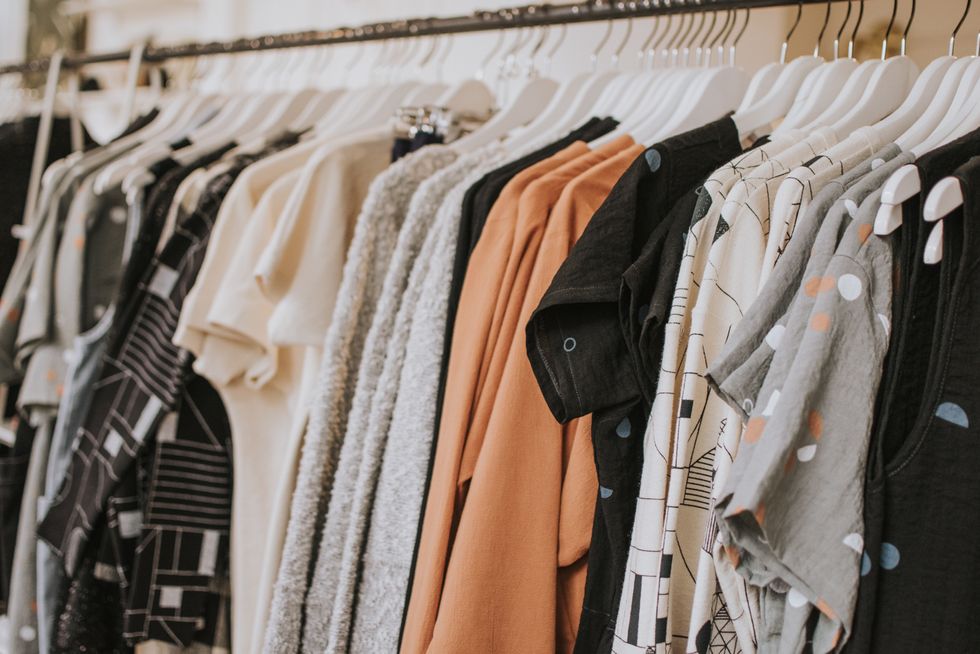It’s about that time of year. Spring cleaning. You are about to walk into your closet and realize you have been holding on to that t-shirt from 8th grade a little too long. Then the pile starts to build… and build… and build. Next thing you know, you have a semi-truck load of clothing headed for Goodwill’s doorstep.
The next step in this process is to dump all your clothes in the nearest donation bin or throw that ratty old sweatshirt in the garbage, right? Wrong. Do you know what really happens to your clothes after you donate them?
According to Planet Aid’s research on what happens to our donated clothing, only a small percentage of our donated clothes are actually taken and re-sold by various donation centers. The majority of our used clothes end up in a large storage bin and shipped off to other developing countries.
I know that does not sound too horrible but here is the problem. The average American throws away about 80 pounds of clothing per year. That is a lot of clothing. If locals in developing countries can buy these low priced, used textiles, they are more likely to buy those than invest in local retail. Unfortunately, because of this, our donations are actually hurting the economy of developing countries, not helping it.
That is part one of the problem. The second lies in the production of clothing. NPR’s Planet Money followed the production and journey of a single t-shirt in 2013.
The t-shirt started on a cotton farm in Mississippi, then the cotton was shipped to Indonesia and turned into yarn and fabric. That fabric was sent to Bangladesh where a woman sewed it, working for a wage of around $80 per month. Then it was shipped back to the US where a retailer paid around $5-6 and sold it to us for approximately $14.
It is not often that you take the time to think about where the clothes on your back came from and what sacrifices were made for them to get there. So what can we do about this problem?
I know places like H&M and Forever 21 are cheap and trendy but save your money to invest it in quality clothing from fare wage companies. Many clothing companies have deals to repair clothing items that are worn or damaged, so utilize those opportunities.
This year, when spring cleaning rolls around, get a group of friends together for a cheap and fun clothing swap. Have everyone bring the items they planned to get rid of and exchange those items with one another.
This world may have problems but problems can be fixed and it starts with us.



















